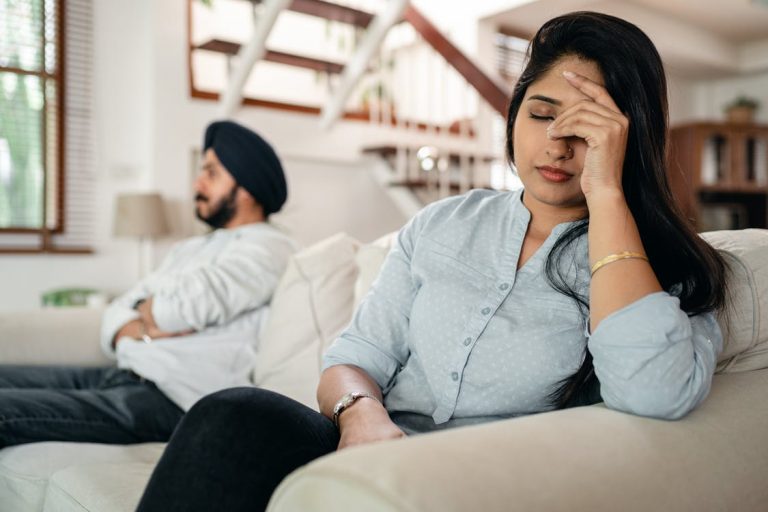About domestic & family abuse

Domestic and family abuse
Domestic and family abuse includes any behaviour in an intimate or family relationship that is violent, threatening, coercive or controlling, causing a person to live in fear and be made to do things against their will. This may involve significantly modifying their behaviour to reduce threats to their safety or wellbeing or the safety and wellbeing of people they care about.
Domestic and family abuse can happen to anyone and can take many forms. It is often part of a pattern of controlling or coercive behaviour.
Types of relationships involved in domestic abuse
An intimate relationship refers to people who are (or have been) in an intimate partnership whether or not the relationship involves or has involved a sexual relationship, i.e. married or engaged to be married, separated, divorced, de facto partners, couples promised to each other under cultural or religious tradition, or who are dating.
A family relationship has a broader definition and includes people who are related to one another through blood, marriage or de facto partnerships, adoption and fostering relationships, sibling, and extended family relationships. It includes the full range of kinship ties in communities within South Asian heritage, such as extended family relationships.
People living in the same house, people living in the same residential care facility and people reliant on care may also be considered to be experiencing domestic and family abuse when one or both people in the relationship try to create an imbalance of power to establish coercive control and commit abuse.